Gone Forever, Part 2: Five Places Where The Streets Have Gone Silent for IndyCar

The various forms of the top open-wheel racing series in the United States -- of course now known as the IndyCar Series -- have raced on dozens of tracks in dozens of cities across the United States, Canada, Mexico, South America, Japan, Australia and beyond.
But, with time, and the changing tastes of racing fans, needs of corporate sponsors, support of cities and overall finances, many of these locations have fallen off the schedule.
In this series, which we’re calling “Gone Forever”, we go one step further exploring tracks that have gone beyond losing a scheduled date on the racing calendar: namely, they no longer exist as racetracks at all, gone and all but forgotten in the minds of racing fans even today.
(And in case you missed it, read part 1 of our series, where we looked at some ovals that are no more!)
**********
Next up on our look back are temporary road / street circuits. When open-wheel racing reached its peak in popularity in the late 1980s and early 1990s, big cities around the world lined up for a chance to get a date on the IndyCar calendar. With successful, tenured races in Long Beach, California and Toronto, among others, the promise of a big tourist boom and big TV day loomed large.
But more often than not, the promise faded with economics, logistics and politics all conspiring to doom these races.
Without any further ado and in no particular order, here are five memorable cities with bygone street circuits that have left the racing behind forever.
**********
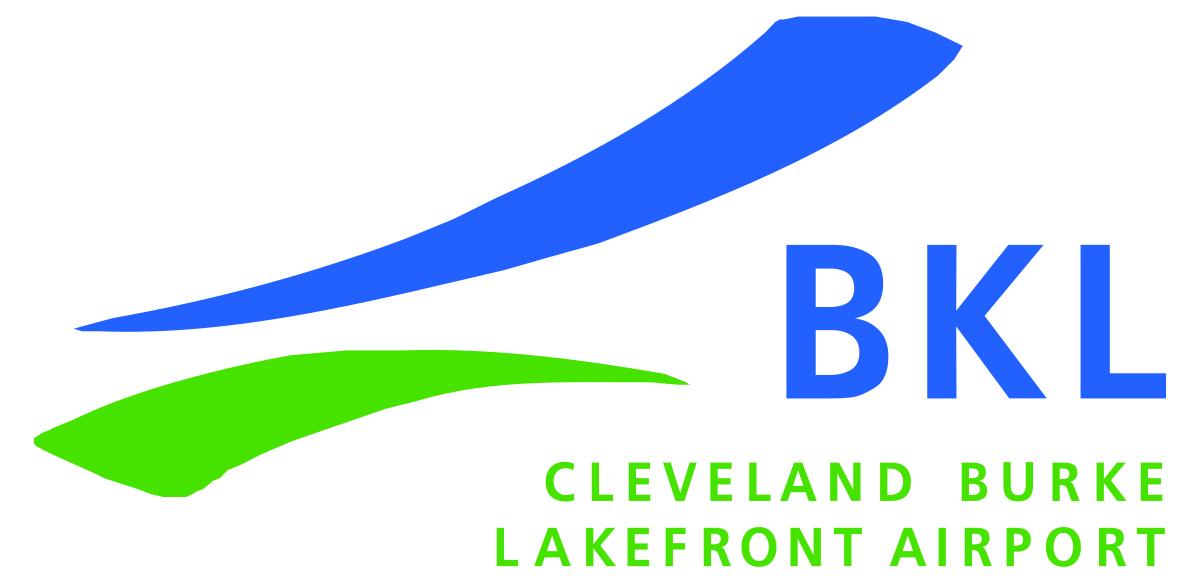
Burke Lakefront Airport, Cleveland, OH (1982-2007) (Location)
Final track configuration: 2.106 mile temporary road course
First IndyCar race: 1982 (won by Bobby Rahal)
Last IndyCar race: 2007 (won by Paul Tracy)
Watch the first Cleveland Grand Prix in 1982 below
Watch the final Cleveland Grand Prix from 2007 below
The temporary street course race at Cleveland’s Burke Lakefront Airport was run for 25 years in a row and ranks only behind Long Beach and Toronto in terms of length tenure in IndyCar street races. It was wildly popular with fans and drivers. But, the track hasn’t hosted a race in nearly 15 years. What happened?
After a dispute between CART, and the local authorities in 2000 over sanctioning fees, the Indy Racing League was tabbed to sanction the race and convert the course into a 1.2 mile oval. The changes were not well-received and would require FAA approval to complete, which would add both complexity and cost. With that, the plan was scrapped, and Cleveland Mayor Michael White announced a new deal with CART to continue the race on the course through 2002, a deal that was later updated to run through 2012.
Paul Page and Derek Daly discuss Burke Lakefront Airport in 1992
Ultimately, the 2008 unification of open-wheel between the then Champ Car World Series (CCWS), which was still actively running the event each year, and the Indy Racing League (who perhaps felt spurned after the 2000 switch controversy) left the race in limbo after 2008. The previously scheduled June 2008 date was scrapped, and no plans to return to Cleveland were ever announced, leaving an unceremonious end to one of the best street races in open wheel racing.
Interest in reviving the race has existed since the race ended, including one flicker of hope in 2015, but to date local officials, promoters and IndyCar haven’t been able to find a way.
In terms of the site itself, Burke Lakefront Airport is under risk of closure. The last commercial airline to serve the airport left in 2021, and city officials have been weighing sale of the site, which encompasses some prime downtown property.
In the end, Bobby Rahal won his first IndyCar race here in 1982. Three drivers would ultimately win here 3 times each (Danny Sullivan, Emerson Fittipaldi. and Paul Tracy).
**********
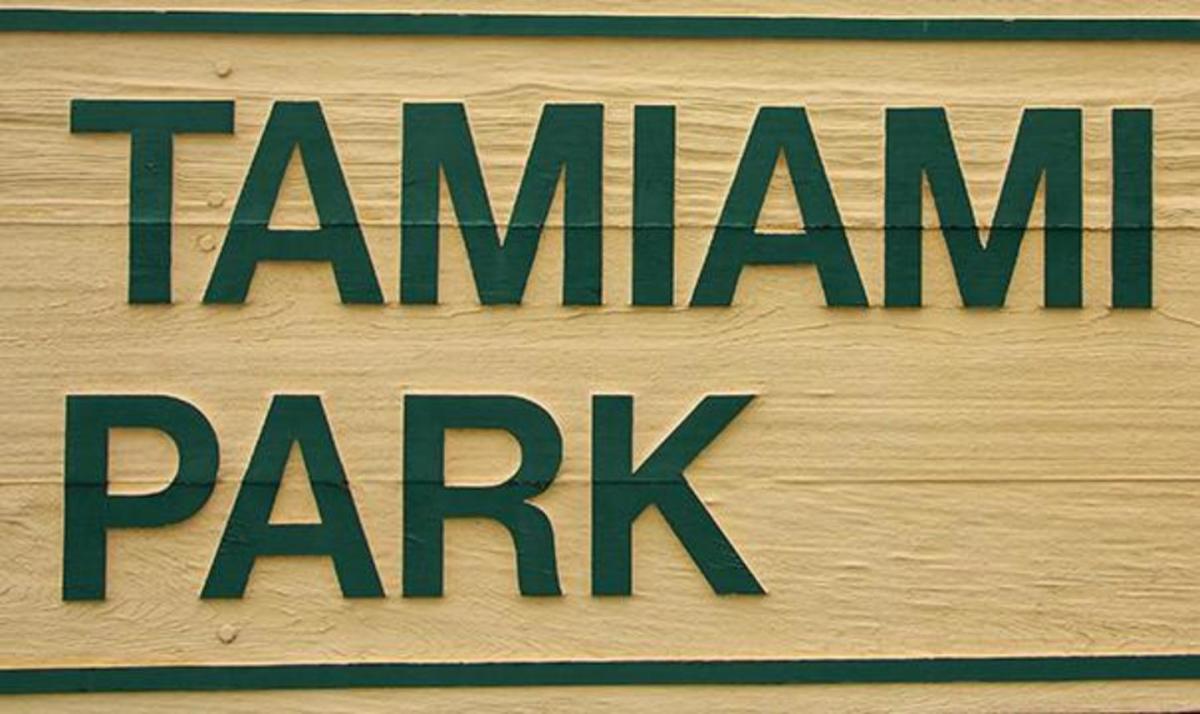
Tamiami Park, Miami, Florida (1985-1988) (Approximate Location)
Final track configuration: 1.784 mile road course
First IndyCar race: 1985 (won by Danny Sullivan)
Last IndyCar race: 1988 (won by Al Unser, Jr.)
Now: Public park lands, FIU Stadium, with many elements of the track structure still visible.
Watch the first IndyCar race from Tamiami Park from 1985 below
Watch the last IndyCar race at Tamiami Park from 1988 below
Before the days of the successful Miami F1 Grand Prix, the area has been the site of a few attempts to run world-class motor races in the city. Nearby Homestead Miami Speedway has hosted NASCAR and IndyCar races. Carl Fisher (yes, the same guy who helped build the Indianapolis Motor Speedway) spent a significant amount of time developing the Miami Beach area. He had much larger plans for the area as a racing hotspot and built the Fulford-Miami Speedway, a board racing track, only to see the track destroyed by a hurricane after running only one race.
After the destruction of the speedway, major motorsports didn’t return to the area until 1983’s Grand Prix of Miami, a sports car street race featuring the IMSA sports car series.
Watch the Tamiami Park track preview, as narrated by Bobby Unser
IndyCar came calling in the fall of 1985 with the series finale being hosted on a temporary track in Tamiami Park. The 1985 race was especially noteworthy as it served as the title decider when Al Unser Sr, beat Al Unser. Jr to the 1985 championship by a single point.
The race track was also home to the Marlboro Challenge, an invitation-only all-star race in 1987 and 1988.
The last race at Tamiami Park was won by Al Unser, Jr. After the race, IndyCar (then CART) announced it would not be returning.
What doomed the Tamiami Park race? Well, hurricanes. IndyCar wanted to move the race date to the Spring or Labor Day weekend from its traditional November date after rain plagued three of the four events. Promoter Ralph Sanchez, who would go on to build Homestead Miami Speedway, refused to move the date due to the risk of hurricane season. With that, the race passed into history.
Take a ride on the parts of the track that still exist today
Parts of the track structures still remain in plain sight in the public park area (check out this fantastic video driving the old course parts that remain). IndyCar ultimately ran one more street race in Miami at Bicentennial Park in 1995, before taking their race to Homestead Miami Speedway where they would run from 1996 to 2010.
**********
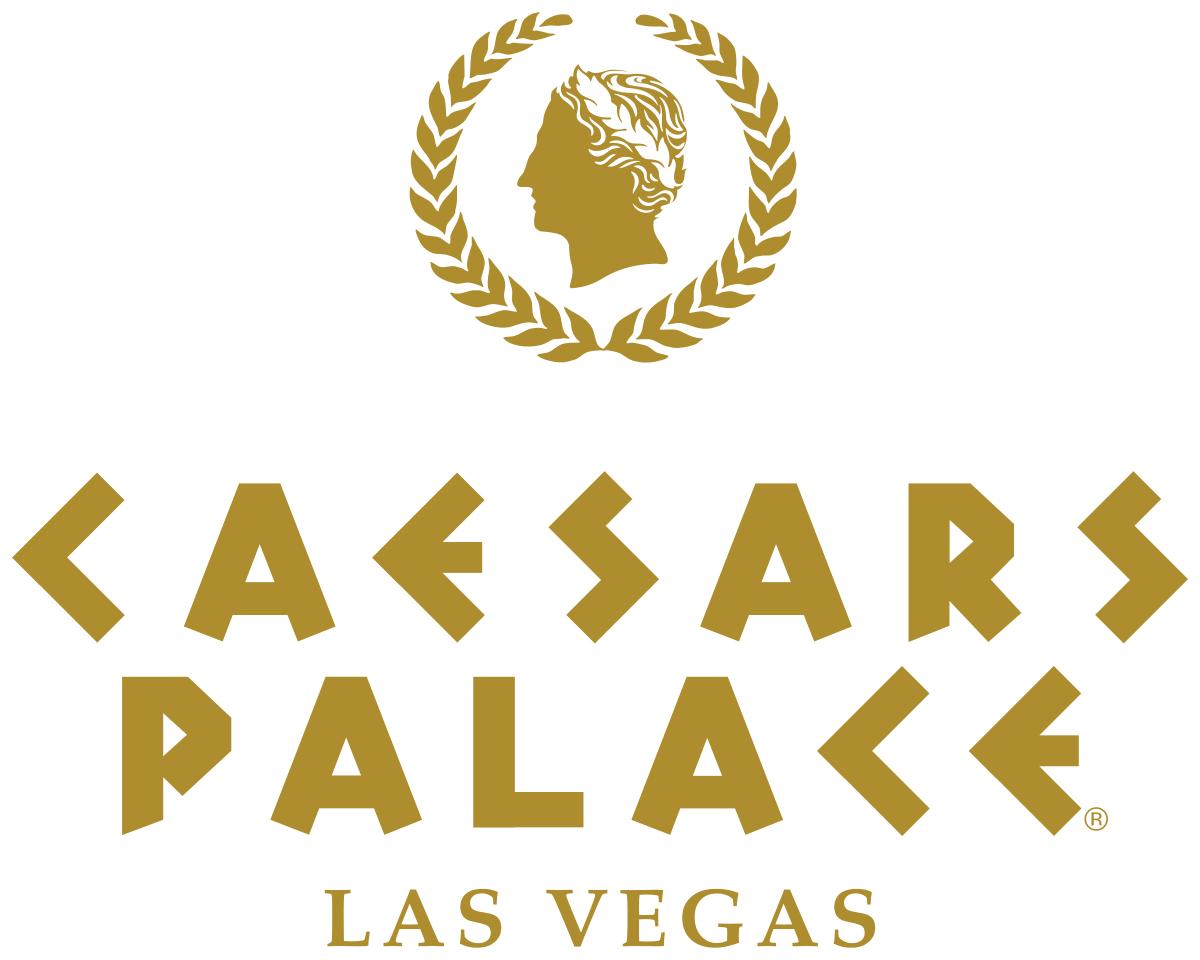
Caesars Palace Grand Prix, Las Vegas, NV (1983-1984) (Approximate Location)
Final track configuration: 1.125 mile “distorted oval” temporary road course
First IndyCar race: 1983 (won by Mario Andretti)
Last IndyCar race: 1984 (won by Tom Sneva)
Now: Parking lots and the Forum Shops at Caesars
Watch the first IndyCar race from Caesars Place from 1983 below:
Watch the last IndyCar race from Caesars Palace from 1984 below:
When Formula 1 gave up on the Las Vegas experiment after the 1982 season finale at the parking lot at Caesars Palace, IndyCar (then CART) moved in. They would modify the track to be a “distorted oval” track. Five turns. Completely flat. 100 degrees Fahrenheit plus. What could go wrong?
Johnny Rutherford offers you a preview of the “distorted oval” at Caesars
Ultimately, the IndyCar attempt fared little better than the F1 race in years before, and it too abandoned the Caesars Palace parking lot after the 1984 season. The 1984 race lost $3 million dollars, and when left with an 8+ acre site where the racetrack was, leadership at Caesars built a shopping mall - the Forum Shops at Caesars which opened in 1992.
IndyCar would however return to Las Vegas, at the 1.5-mile oval at Las Vegas Motor Speedway in 1996-2000, 2004-2005 and then a street race in 2007 near the Fremont Street Experience. Drivers and fans loved it, but it too was a victim of the unification of open-wheel racing in 2008).
IndyCar’s last race in Vegas to date was that fateful day in 2011 that would result in the fatal crash of Dan Wheldon, who won his second Indianapolis 500 just a few months before. Though contracted for two more years at the time, IndyCar decided not to return to the oval after 2011 and has raced on 1.5 mile ovals sparingly since then.
Only Sébastien Bourdais won multiple IndyCar races in Las Vegas, sweeping the two Champ Car oval races in 2004-2005.
And, like Miami before them, Formula 1 has given Las Vegas a fresh look, planning an ambitious street race on the Las Vegas Strip for 2023.
**********
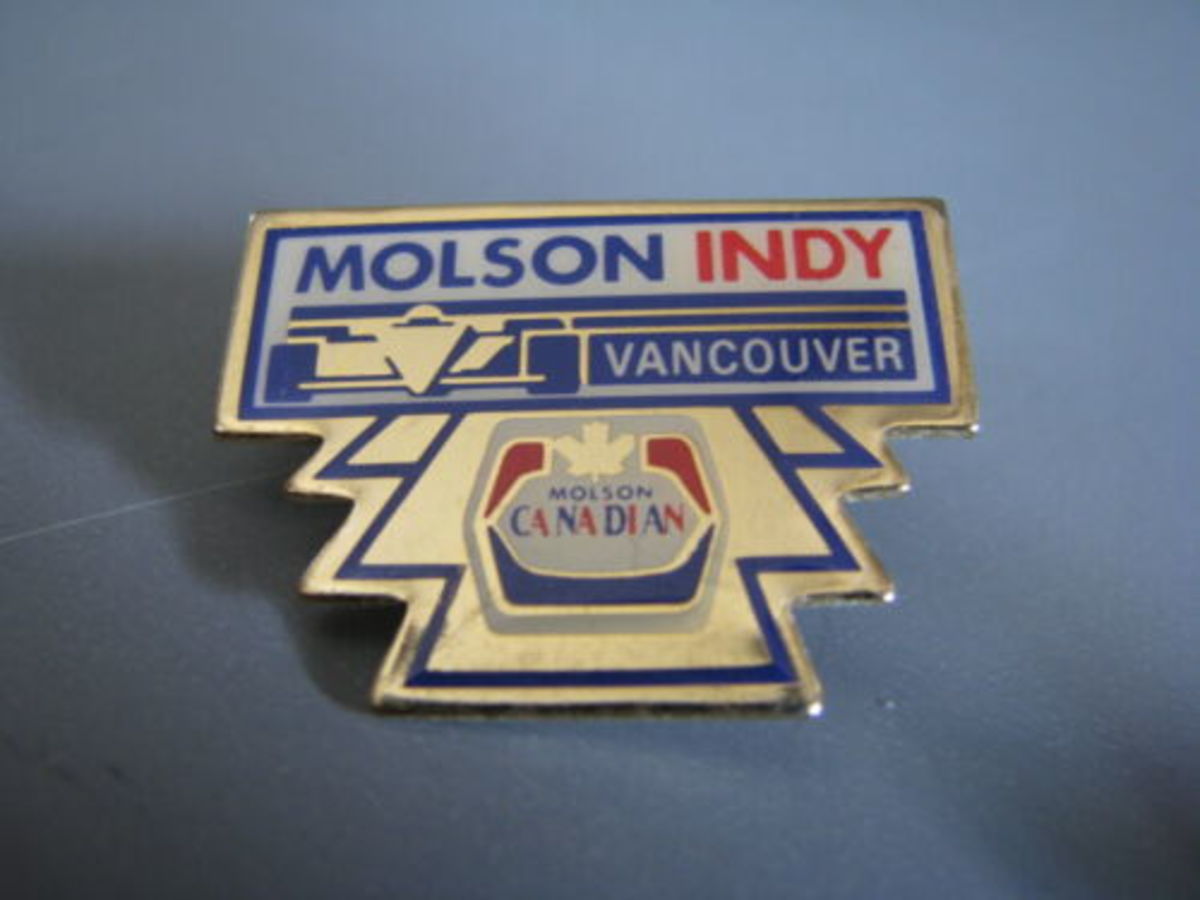
Vancouver Street Circuit, Vancouver, BC (1990-2004) (Approximate Location)
Final track configuration: 1.780 mile temporary street course
First IndyCar race: 1990 (won by Al Unser, Jr.)
Last IndyCar race: 2004 (won by Paul Tracy)
Now: Returned to streets, facilities for 2010 Winter Olympics caused major disruption to old track layout
Watch the first IndyCar race in Vancouver from 1990 below
Watch the last IndyCar race in Vancouver from 2004 below
Enjoying a period of unusually long success for a street race, the 15-year run of the Vancouver Indy was a fan favorite. Most races during the run drew more than 100,000 spectators for race weekends. The Vancouver street race was entertaining, competitive and at a picturesque location near the Pacific Ocean.
The race was not without its conflicts and tragedies. The inaugural race was marred by the fatal injury of a course worker trying to help to push a stalled car on the track.
Watch Scott Pruett describe the first track layout in 1997
Local opposition to the noise and pollution generated by the race was prominent. Due to changing urban development, the race would ultimately be run in three different track layouts, with the final layout featured below in a preview from 2003.
The final track layout
In the end, the looming development of the Olympic Village and other sporting facilities for the 2010 Vancouver Winter Olympics made long-term sponsor commitments difficult to get. The last race saw more than 160,000 spectators over the weekend proving that attendance wasn’t the culprit here.
A quick footnote: a planned (and more “ear-friendly” and sustainable) Formula E race would have run on the last IndyCar layout. The race was scheduled for 2022, and selling well from an advance tickets perspective, but the 2022 and 2023 races were ultimately cancelled due to conflicts between local promoters and the series. This means the streets in Vancouver will continue to be silent of race car noise, at least for now.
Al Unser, Jr. won 4 of his 10 races here, and finished on the podium 6 times.
**********
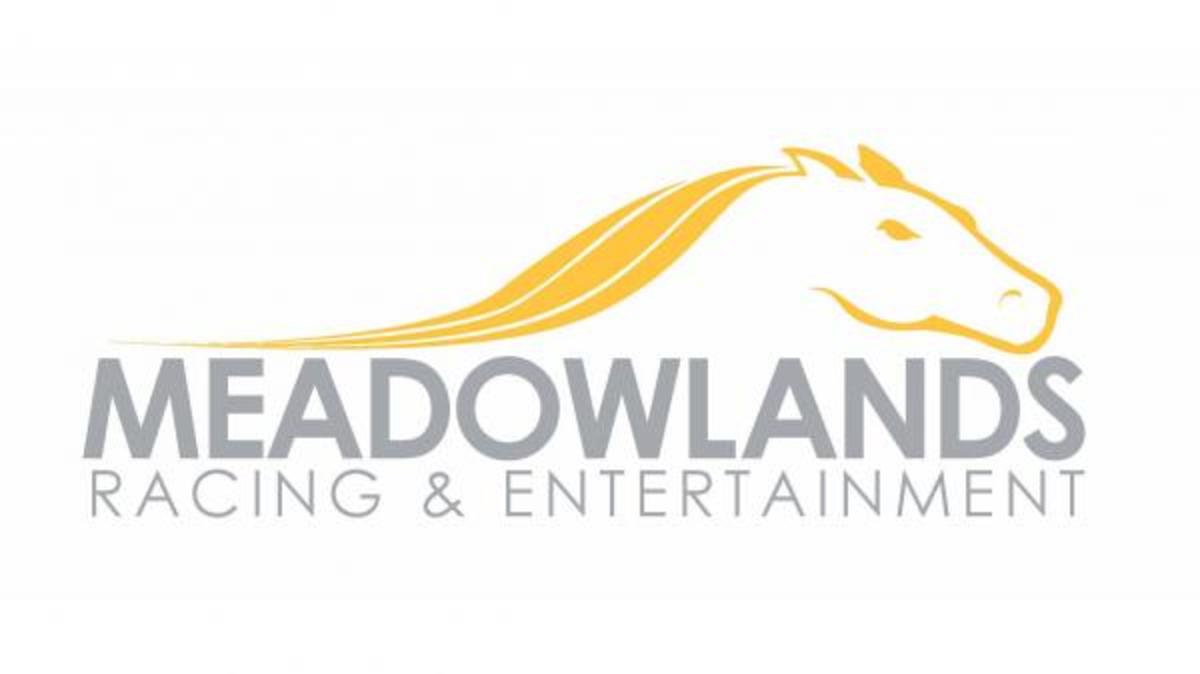
Meadowlands Sports Complex, East Rutherford, NJ (1984-1991) (Approximate Location)
Final track configuration: 1.217 mile “distorted oval” road course
First IndyCar race: 1984 (won by Mario Andretti)
Last IndyCar race: 1991 (won by Bobby Rahal)
Now: Parking lots, and the American Dream shopping mall
Watch the first IndyCar race from the Meadowlands from 1984 below
Watch the final IndyCar race at the Meadowlands from 1991 below:
This one hits close to home, as it was the first IndyCar race I was able to attend in person in 1988. And while it may not have been the commercial success many expected, it still holds a close place in my heart as the spark for a life following the IndyCar series (and bringing pieces like this to you!)
While the New York City area was one of the first homes of modern auto racing featuring the Vanderbilt Cup on Long Island, and Roosevelt Raceway (which failed in the 1960s), the engines had fallen silent for many years on major motorsports in the region.
Closest major track options to New York City area were at the time Trenton (closed) Nazareth (also closed but then in the pre-Penske area), and Pocono (a two-plus hour drive), and it seemed like a logical fit to bring major racing to one of the world’s largest marquee cities.
The idea of a grand prix for Formula 1 in New York City, starting with the Flushing Meadows Corona Park in Queens, started to float to the surface in the middle 1970s. Flushing Meadows is a large park that hosted the 1939 and 1964-65 World’s Fair and featured good logistics with highway access and parking from nearby Shea Stadium (now Citi Field), home of MLB’s New York Mets.
In 1982, FOCA, the Formula One Constructors Association, in conjunction with the grand prix promoters went so far as to announce the race was happening in September 1983.
By April 1983, the city of New York City approved feasibility studies, but the organizers missed the early September date. That, and significant local opposition from Queens residents and businesses, put perhaps the last nail in the coffin for the proposed race. By 1986, the idea was officially dead with investigations into patronage and potential fraud putting an exclamation point on the unsuccessful venture.
Johnny Rutherford and Bobby Unser review the first Meadowlands track layout
The race idea was moved across the Hudson River to a 1.682-mile track laid out in the the parking lot of the Meadowlands Sports Complex, host to the New York Giants and Jets NFL football teams, the New Jersey Nets NBA team, and a different kind of horsepower in a harness racing track. The location was intended to capture audiences from around the New York City metropolitan area.
Indeed, the inaugural 1984 race was well-attended from a fan and sponsor perspective, but the original track layout was cramped, slow, and provided few opportunities to pass. (Incidentally, A.J. Foyt pulled out of the race and flew home after qualifying 37th of 37 cars attempting to make the field). Mario Andretti would win the race on a fuel save strategy on a day when the rain made racing tricky.
Watch the final Meadowlands course preview, showing the course changes, narrated by Sir Jackie Stewart.
In 1988, the track layout was shortened to a 1.2-mile “distorted oval” to improve fan sight lines and competition. Crowds would trail off in the following years, along with sponsor frustration that instead of a race in New York City, cars were in fact, just racing around a parking lot in New Jersey.
Just after the end of the 1991 race at the Meadowlands, a news conference shared the broader intentions to move the race to downtown Manhattan in the streets around the World Trade Center. This race even got a date in June 1993, but idea was stalled, and ultimately canceled due to cost and logistics concerns, and never found another location because sponsor Marlboro’s contract only allowed the race to be moved to the World Trade Center site.
Other than another ill-fated idea to bring Formula 1 to Weehawken, NJ in the early 2010s, and NASCAR's short-lived intention in 2005 to build a track on Staten Island that was killed due to environmental concerns, major motor sports has stayed clear of the New York City metropolitan area ever since.
And with the removal of Pocono from the IndyCar calendar in 2020, Northeastern US IndyCar fans (like me) have no easy option for seeing racing in person (though I do find myself at Indianapolis every year).
Perhaps no one was sadder to see the end at the Meadowlands than Bobby Rahal, who won here 3 times in the 8 races run.
**********
Thanks for reading! Stay tuned for the third and final part in our Gone Forever series, where we explore some of the permanent road courses from IndyCar’s past that have been lost to history. Did we miss any street circuit races that you loved to attend? Share your memories in the comments below.
